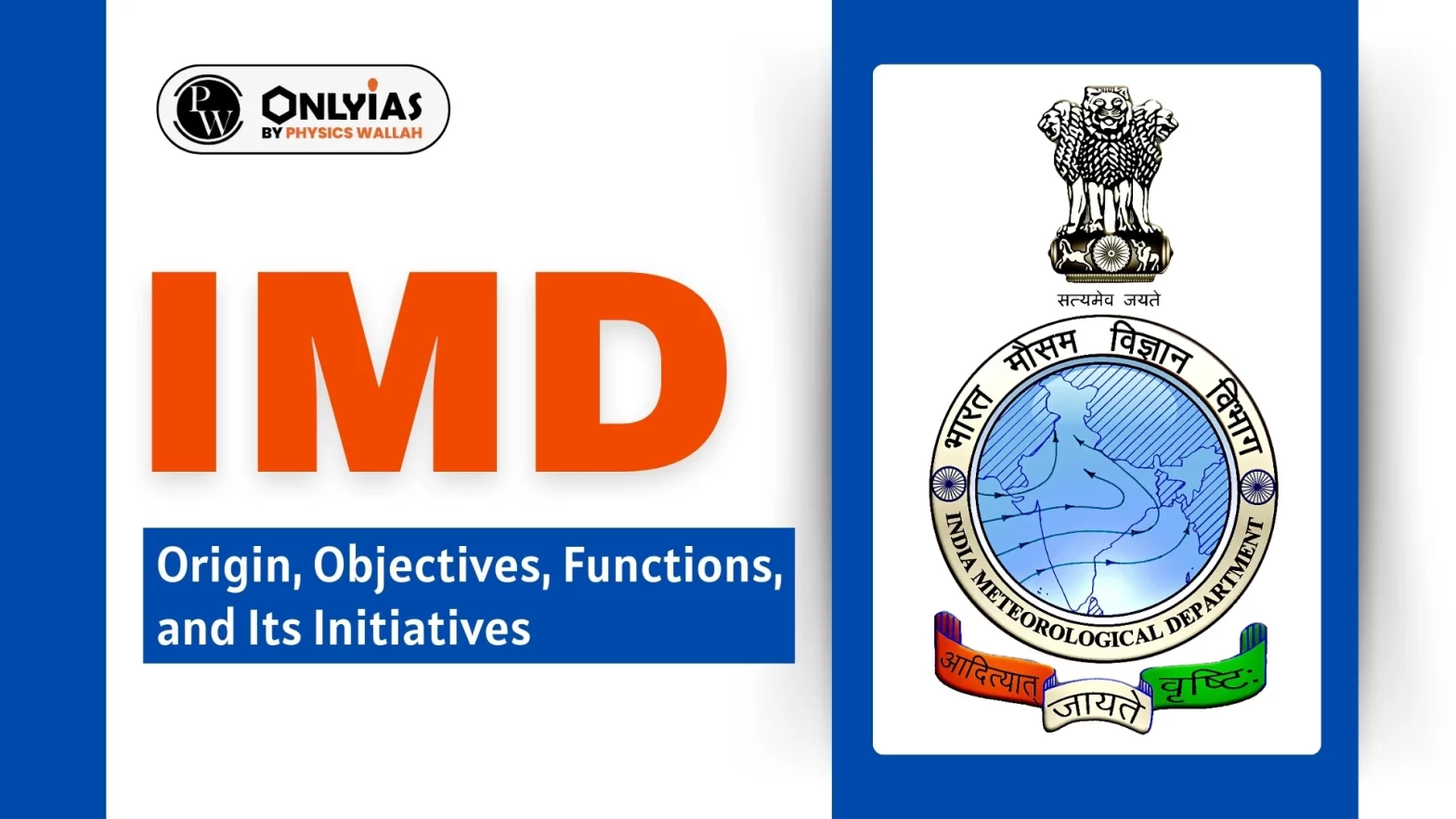IMD (Indian Meteorological Department) is an agency of the Ministry of Earth Sciences that is responsible for carrying out meteorological observations, weather forecasting, and seismology.

The Indian Meteorological Department (IMD), a pioneering institution in weather forecasting and meteorological services in India, marked a historic milestone on January 15, 2025, as it celebrated 150 years since its establishment. Known for its vital contributions to agriculture, disaster management, and public safety, the IMD plays a crucial role in shaping India’s socio-economic fabric by providing accurate and timely weather updates. IMD is an agency of the Ministry of Earth Sciences that is responsible for carrying out meteorological observations, weather forecasting, and seismology
Established in 1875, the IMD began as a modest effort to enhance weather observation and forecasting in British India. Over the decades, the department has evolved into a globally recognized meteorological institution, setting benchmarks in technological advancement and service delivery. Here are some key milestones in its illustrious history:
| Must Read | |
| NCERT Notes For UPSC | UPSC Daily Current Affairs |
| UPSC Blogs | UPSC Daily Editorials |
IMD is an agency of the Ministry of Earth Sciences that is responsible for carrying out meteorological observations, weather forecasting and seismology.
After a tropical cyclone event in Calcutta in 1864, and the subsequent famines in 1866 and 1871 due to the failure of the monsoons, authorities decided to organize the collection and analysis of meteorological observations under a single roof. As a result, the India Meteorology Department was established on 15 January 1875 with the headquarters in Calcutta.
The main objective of IMD is to make meteorological observations for India. It is also responsible for forecasting, naming and distribution of warnings for tropical cyclones in the Northern Indian Ocean region of the world.
The Director General of Meteorology heads IMD. There are six Regional Meteorological Centres at located in Chennai, Guwahati, Kolkata, Mumbai, Nagpur and New Delhi, each under a Deputy Director General.
National Monsoon Mission, Mausam App, and Doppler Weather Radars are some of the main initiatives of IMD.

<div class="new-fform">
</div>